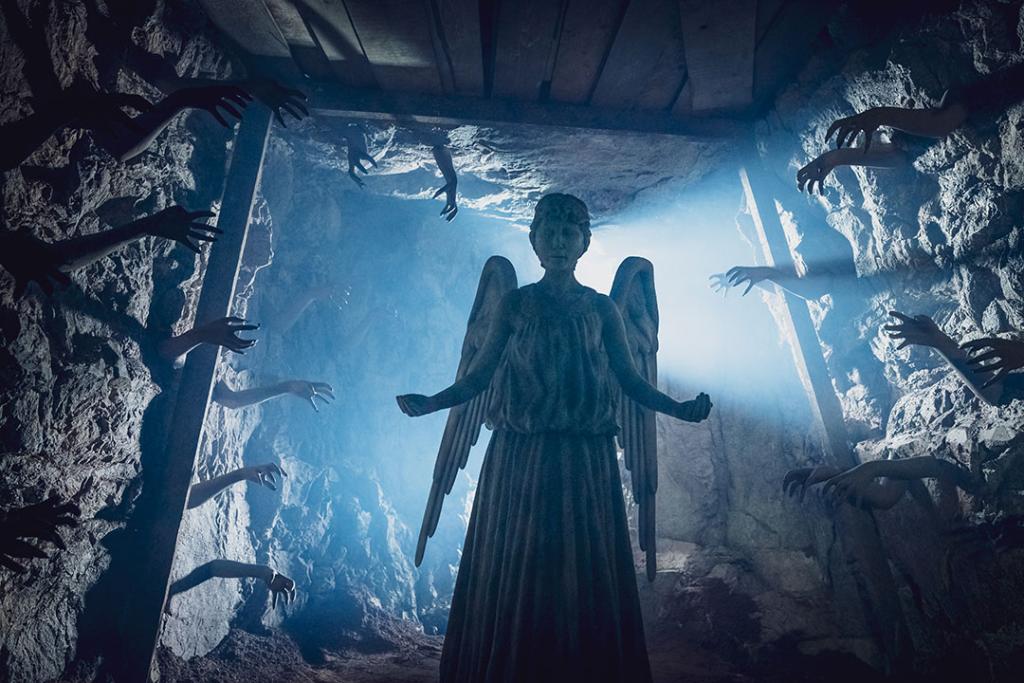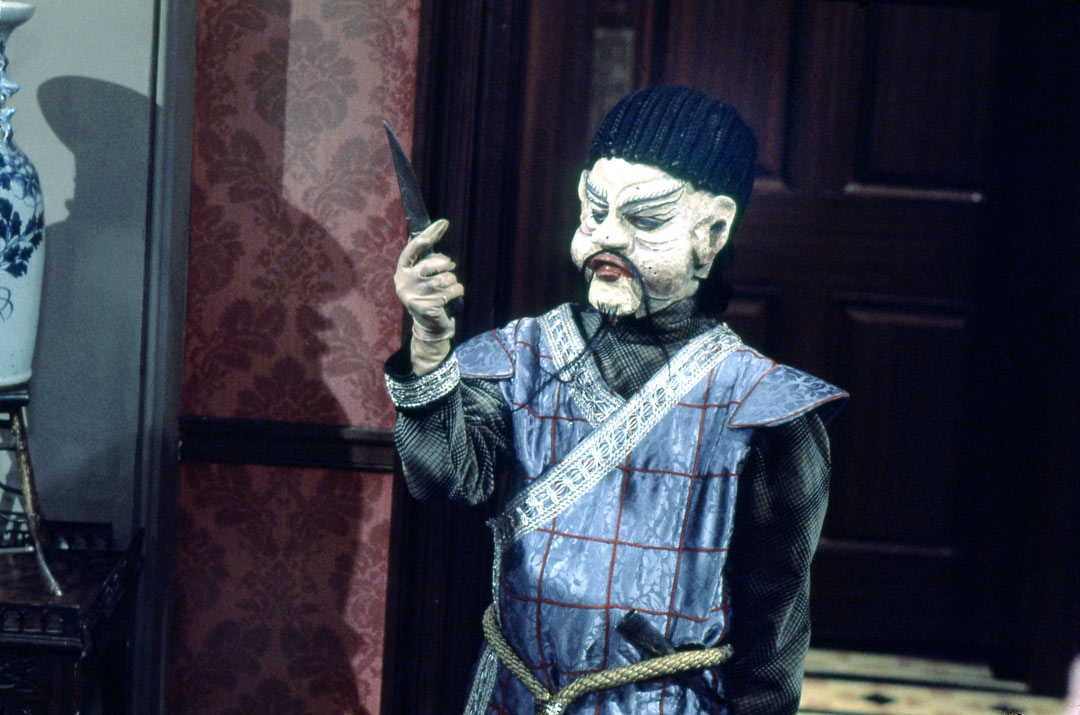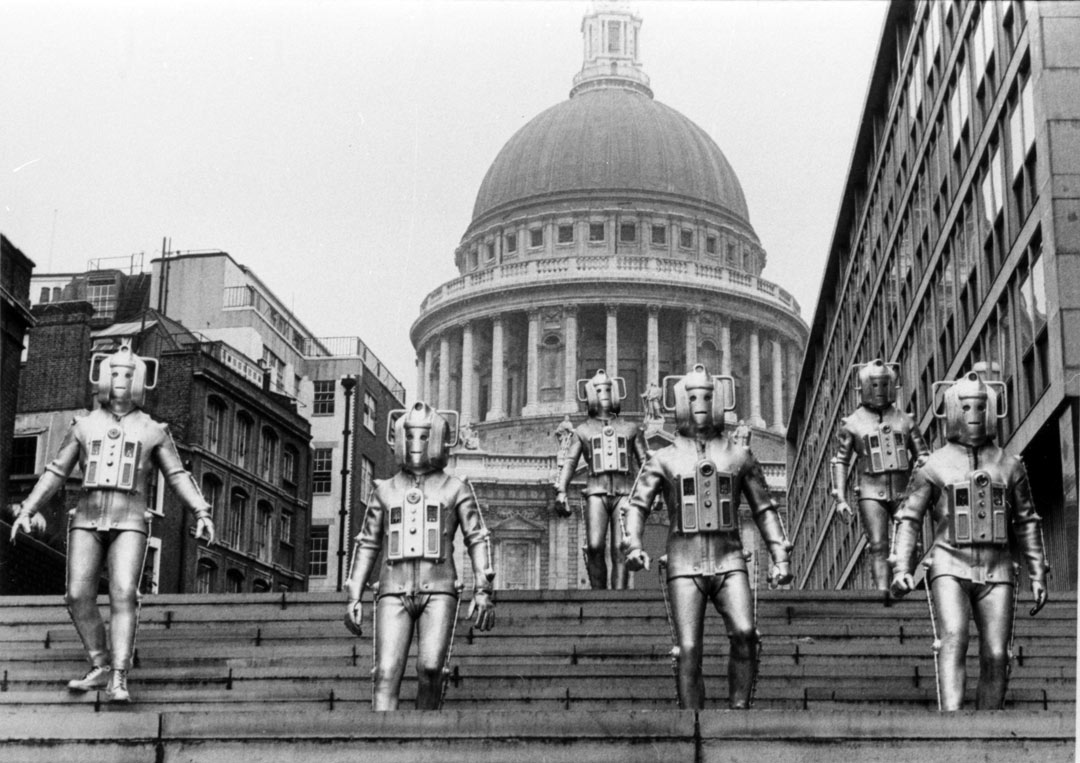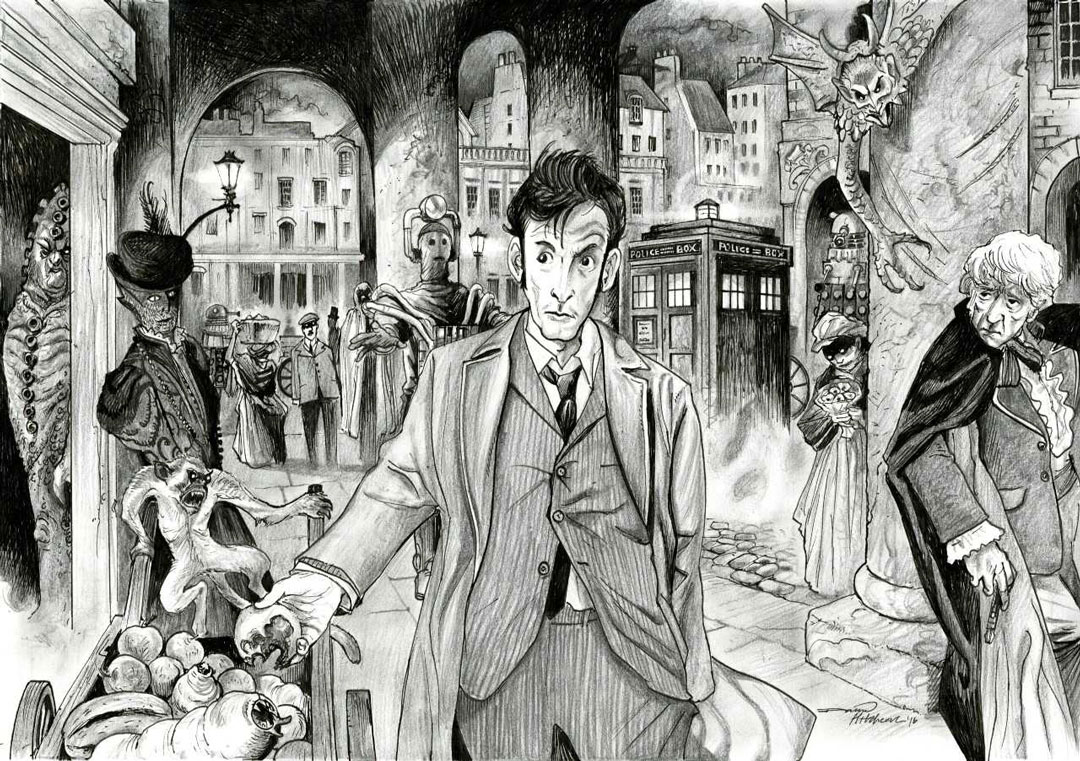The joy of feeling fear
Why do we love watching scary films with terrifying monsters? Horror fan and psychologist Professor Laurence Alison takes a look at the psychology of fear.

As a kid I loved Doctor Who. Monsters that terrified me 45 years ago are still vivid memories now. Mr Sin, a puppet-like, knife-wielding cyborg with a pig’s neocortex who appeared in the Fourth Doctor’s Story ‘The Talons of Weng Ch-iang’, gave me nightmares. I can still see his cruel face now if I shut my eyes!

Unless you are familiar with the psychological reasons why many of us take joy in experiencing fear, knowing why I wanted to be terrified by Mr Sin or why you, if you want to have the Wiggins scared out of you, enjoy that experience can be hard to answer! What does a child get from watching the Cybermen stalk the streets of London? Daleks exterminate all in their path? Zygons shape shift and then attack? And why do children like to watch through their fingers or from behind the sofa?
Then as we get older why do teens like to get together and scream and gasp during a slasher movie?
Why do we like to feel creeped out and try to process our feelings about things we don’t quite understand? From body horror to the occult, folk horror to alien threats, zombies to witchcraft?

Social stories
Horror stories are as old as any other type of story, and they serve adaptive social processes. We have been scaring ourselves since our species acquired language – to prepare ourselves and our children for life in a scary world, to help enhance our resilience and to build social groups.
One of the reasons families enjoy watching Doctor Who together is because it produces a strong emotional response and those responses work to build stronger relationships and memories. Powerful hormones such as oxytocin are released during a fear response, and this makes these moments stick in our brain.
In our teenage and young adult years this enhanced excitement and bonding can even lead to amorous feelings, because elevating these sensations can be thrilling. Another hormone, dopamine, is released when experiencing fear, although research shows that some individuals get a bigger high from this dopamine response than others.
Horror junkies, white knucklers and dark copers.
Colton Scrivener, a researcher at the Recreational Fear Lab at Aarhus University, calls the horror fans who crave novel, complex and intense experiences, ‘Adrenaline Junkies’. But this is not the only reason that people enjoy scary films and he has identified two other types of horror fan.
White knucklers expose themselves to horror experiences to seek to downregulate arousal (and gain control over an otherwise aversive experience). As such, white knucklers find horror movies aversive and really scary but watch them out of the pleasure they get from trying to cope with high arousal in a safe space. How often do we hear someone say "Don’t make me watch that!” but then, seemingly against all that is rational, they just can’t help themselves.
Dark copers sit somewhere between Junkies and Knucklers since they enjoy both the intensification and then the effort required to bring this experience back under control. This process of deliberately ratcheting the experience up only to then take back control of it seems to be a form of emotional regulation that provides some useful strategies to make anxiety manageable.
Making sense of nonsense
Monster stories and horror films frequently involve events or beings that defy the laws of nature. Doctor Who’s Weeping Angels are concrete-like beings but move at the speed of light when they are not observed; the Cybermen convert their organic selves into machines and in doing so become less human and the Giant Maggots in the Third Doctor’s story ‘The Green Death’ were mutated worms - the size of a small dog and with fangs to match. These contortions of physics, of what it means to be human or of regular size, shape and form, are terrifying because they require our minds to try and make sense of how such aberrations can come to exist.
Gothic author Anne Radcliffe makes a distinction between terror and horror. She states that terror 'expands the soul and awakens the faculties' whilst horror, 'freezes and annihilates them'. Like the dark copers, perhaps we enjoy this process of intensification (to expand our minds) followed by retreat - all in an environment in which there are no real consequences - only mind altering sensations that are experienced in a safe place

Grim storytelling
In my own work, the process of imagining the worst-case scenario is an adaptive function for law enforcement, security services, and the military. The imaginative act of considering bad outcomes is a necessary function in planning to respond to such events and there is even some evidence that horror fans do cope better with other genuinely frightening and indeed traumatic acts. Of course, no one enjoys genuine fear or terror – these real-world events are very far removed from the fun to be had from jump scares or hiding behind the sofa from the latest Doctor Who monster. But horror fans do seem to benefit from developing their imaginations and from emotional self-regulation. Research shows that horror fans tend to score highly on open mindedness and even empathy.
Perhaps it seems weird that after a tough year and conducting all my research on traumatic and genuinely fearful issues I took to writing my own horror comic strip. ‘Hedrek’ is a folk horror story, illustrated by David Hitchcock and writing it served me well in terms of self-regulation and relaxation.
So, as well as the socially adaptive functions of a horrific imagination and our desire to hide behind the sofa during Doctor Who or leap out of our seats in response to a slasher movie, getting to grips with the weird, unexpected and threatening as an act of imagination serves us well in helping cope with the nuances and complexities of real life.
All Doctor Who images © BBC
